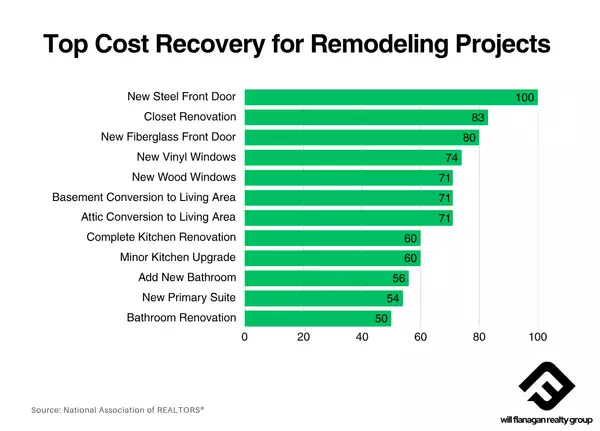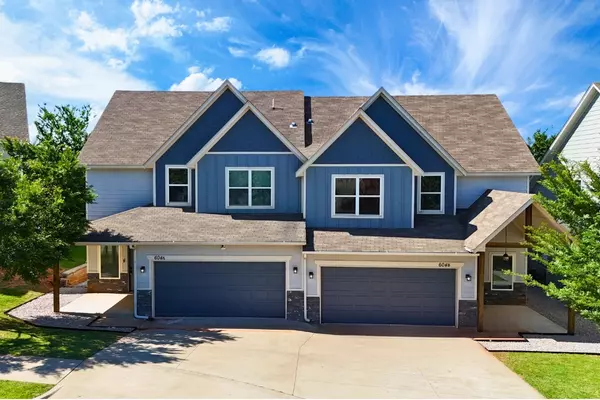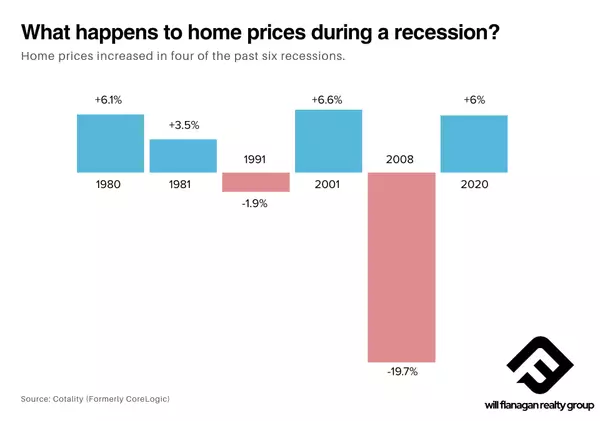Can You Afford a Home Emergency in Oklahoma City Without Going Into Debt?
Can You Afford a Home Emergency in Oklahoma City Without Going Into Debt?
Owning a home is the American dream, but in Oklahoma City, that dream comes with its own financial realities. From unexpected HVAC breakdowns during a summer heatwave to repairing storm-damaged roofs, local homeowners face unique challenges when budgeting for maintenance and repairs. Over 30 years, the average homeowner will spend more than $180,000 just on repairs and maintenance.
Sound overwhelming? Here’s the math: Homeowners spend an average of $6,087 annually on unexpected repairs and maintenance, according to a recent Real Estate Witch survey. That’s more than many pay for property taxes or insurance. But nearly half of homeowners admit they don’t budget for these expenses, leaving them vulnerable to financial strain when disaster strikes.
Let’s explore how much you should be saving, how to create an emergency fund, and how you can stay ahead of unexpected costs in Oklahoma City.
The Cost of Home Repairs in Oklahoma City
Like any region, Oklahoma City has its fair share of costly home repairs, many of which are influenced by the area’s weather patterns and aging properties. Here’s a breakdown of common repairs and their estimated costs:
• HVAC repairs or replacements: $5,000 – $10,000
(Especially common during extreme heatwaves or unexpected winter freezes)
• Roof repairs or replacement: $3,000 – $15,000
(Hail damage is common in OKC, and storm repairs can add up fast.)
• Plumbing issues (burst pipes, sewer line problems): $2,000 – $10,000
(Oklahoma’s freeze-thaw cycles increase the risk of pipe damage.)
• Foundation repairs: $5,000 – $25,000
(Shifting soils and clay can lead to foundation issues in Oklahoma homes.)
• Electrical system repairs: $2,000 – $6,000
With Oklahoma’s climate and unique housing market, these repairs are often unpredictable but unavoidable. Without an emergency fund, you could find yourself relying on high-interest credit cards or loans to cover them.
How Much Should Oklahoma City Homeowners Save?
A general rule of thumb is to save 1% to 3% of your home’s value annually for maintenance and repairs. For example, if your home is valued at $300,000, you’d want to save between $3,000 and $9,000 per year.
Why the range?
• For newer homes or homes with recent updates, saving closer to 1% may be enough.
• If your home is older (20+ years) or located in areas prone to storms (like OKC’s storm-prone suburbs), aim for the higher end of that range.
How to Build a Home Emergency Fund in OKC
If you don’t have a dedicated fund yet, it’s not too late to start. Here’s a step-by-step plan, even if you’re on a tight budget:
1. Start Small and Automate Savings
• Set an initial goal of $5,000 for emergency repairs.
• Automate monthly transfers of $50-$200 into a high-yield savings account.
• Use apps like Acorns or Qapital to round up everyday purchases and add the spare change to your emergency fund.
2. Reduce Monthly Expenses
• Cut back on non-essential expenses, like dining out or subscription services.
• Check for savings by negotiating lower rates on home insurance, utilities, or phone plans.
(Tip: Some OKC utility providers offer rebates for energy-efficient improvements.)
3. Boost Your Income
• Consider picking up side work or freelancing through platforms like Upwork or DoorDash.
• Sell unused items locally using Facebook Marketplace or Nextdoor, which are popular in Oklahoma City neighborhoods.
4. Open a Dedicated High-Yield Savings Account
Keep your emergency fund separate from daily spending to avoid temptation. Many local credit unions offer competitive rates on savings accounts.
What to Do When an Emergency Strikes
Even with a solid savings plan, emergencies happen. Here’s how to manage them without financial panic:
• Assess the urgency: If it’s a burst pipe or furnace failure in winter, act immediately. But for non-urgent issues, get multiple quotes and plan ahead.
• Get multiple estimates: OKC has a range of contractors, so shop around for competitive pricing.
• Ask for discounts: Many contractors offer seasonal deals or discounts for upfront payments.
• Consider a home warranty: If your home is older or has aging systems, a home warranty might be worth the investment—but read the fine print to ensure it covers what you need.
• Emergency loan as a last resort: If you need to borrow, opt for low-interest loans over high-interest credit cards.
Final Thoughts: Stay Prepared and Avoid Debt
Homeownership in Oklahoma City offers countless benefits, but it comes with financial responsibilities. By budgeting for routine maintenance and saving for emergencies, you can avoid financial stress when repairs pop up. If you’re considering buying a home, ensure your budget includes more than just the mortgage—factor in ongoing maintenance, especially if you’re purchasing an older property or a home in a storm-prone area.
Need advice on finding a home that fits your budget? Or tips on planning for homeownership costs? Contact us today to explore homes and financial strategies tailored to Oklahoma City living. Let’s help you find a home where you can feel financially secure. Reach out to us for a consultation today!
Categories
Recent Posts










GET MORE INFORMATION

Managing Partner | Realtor | License ID: 183611
+1(405) 784-6580 | will@willflanaganrealty.com


